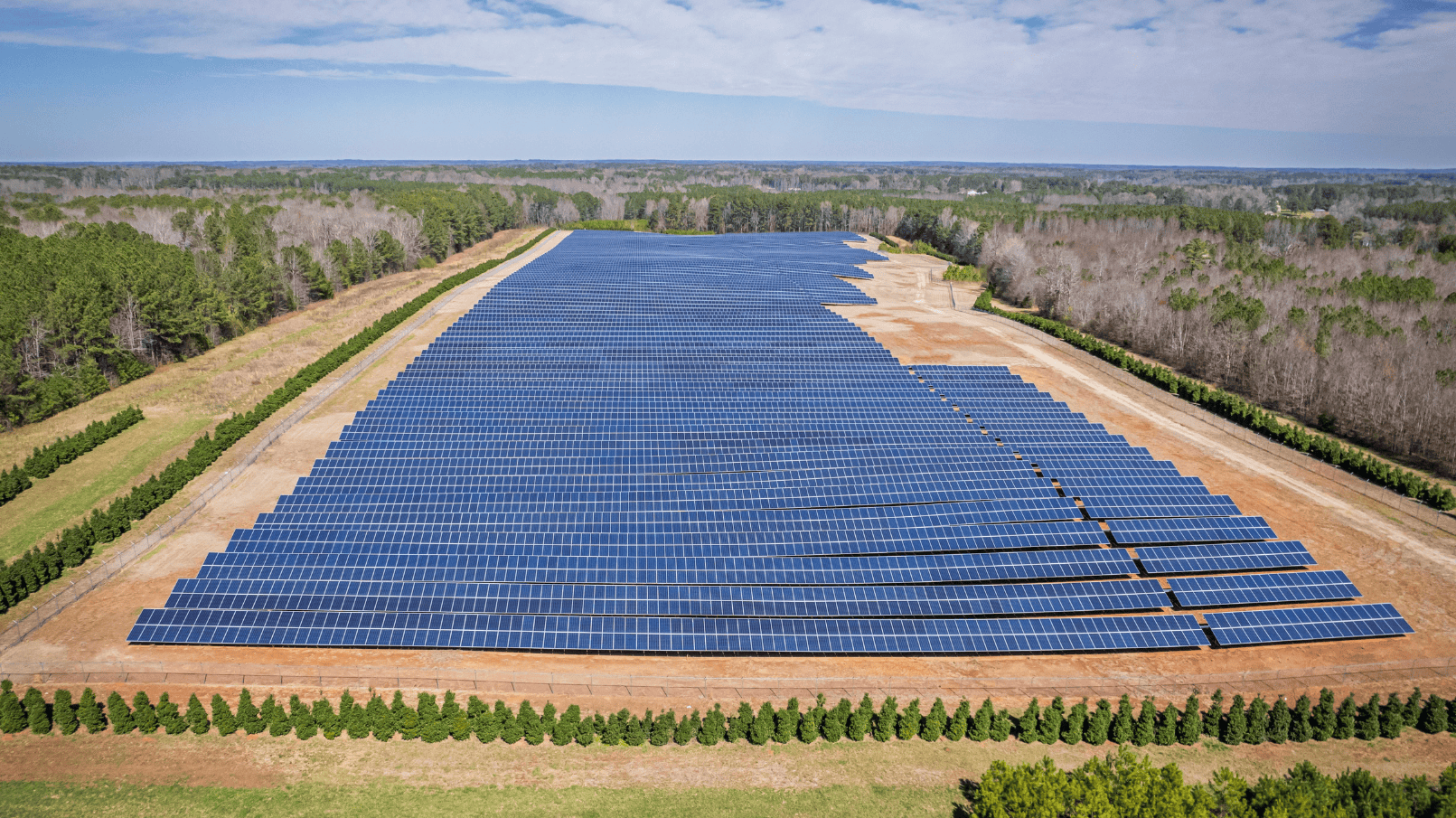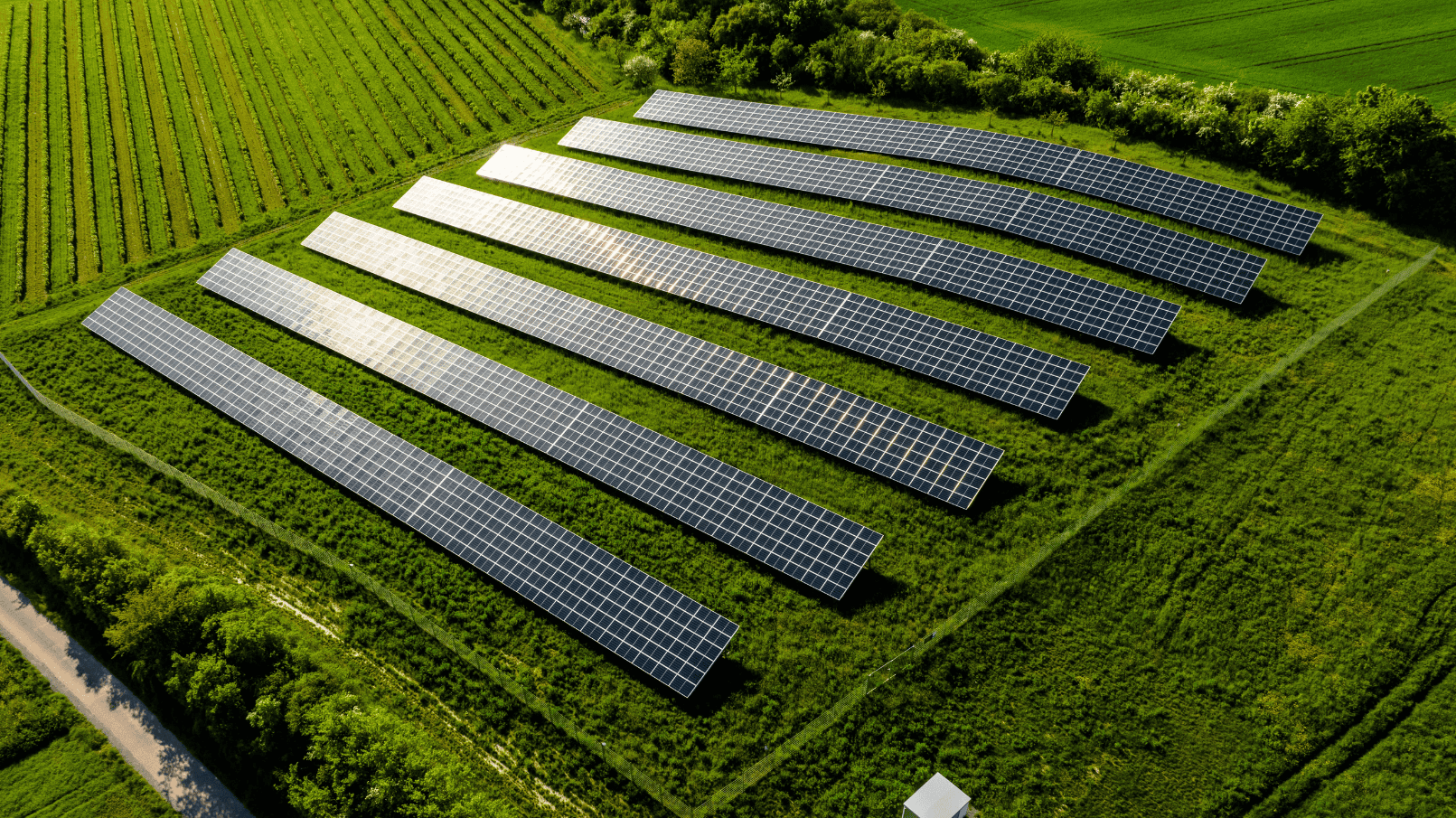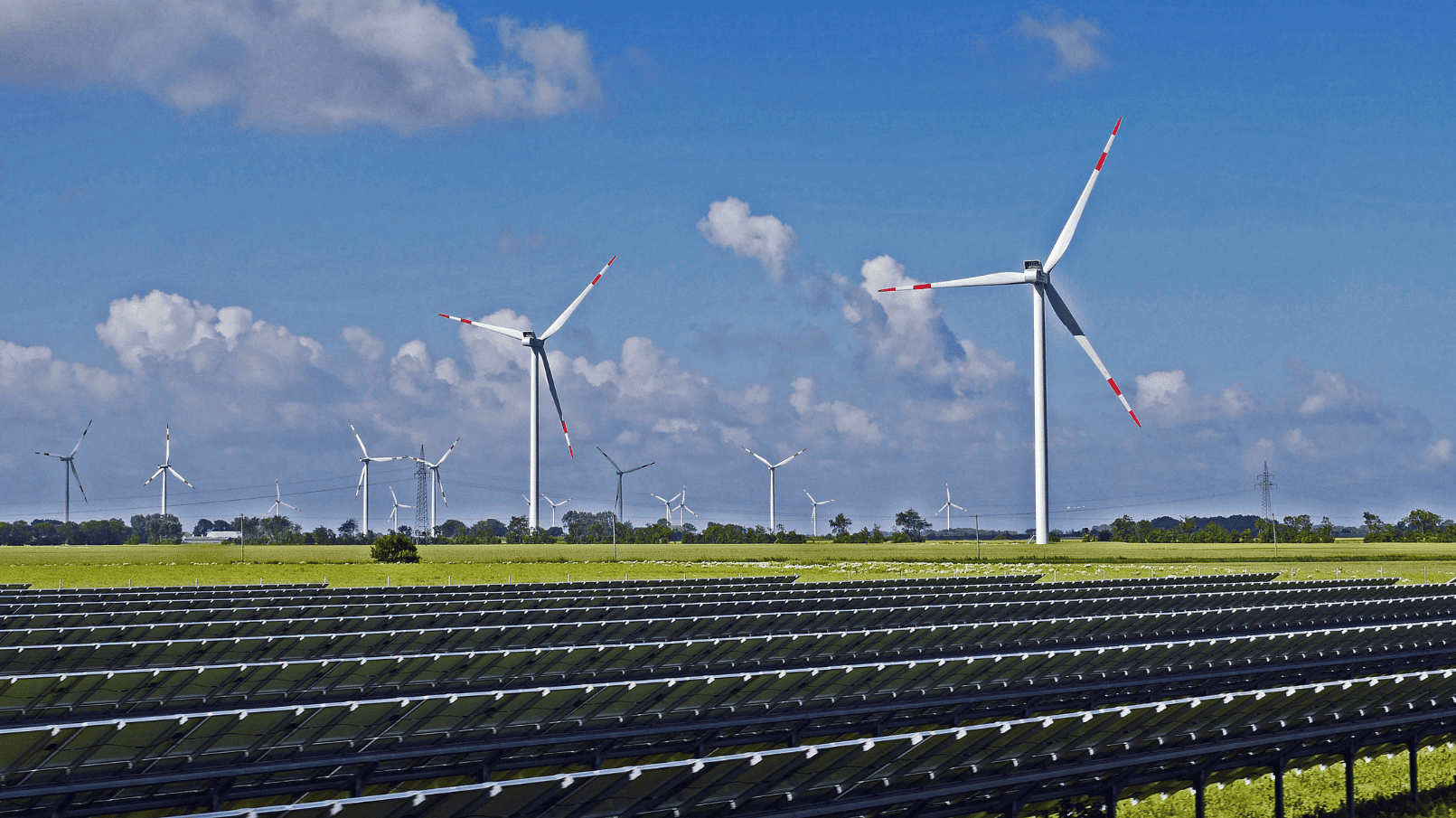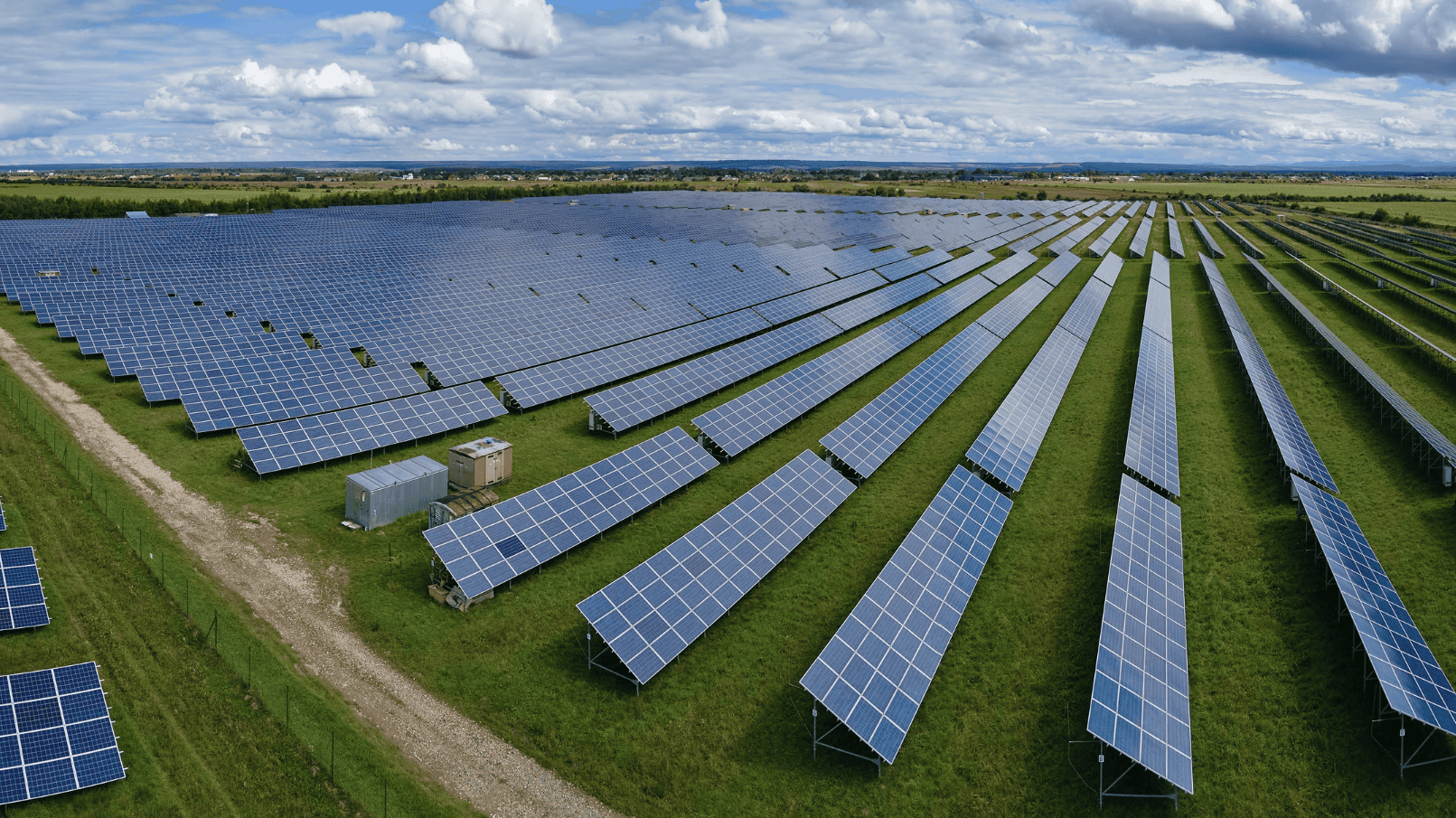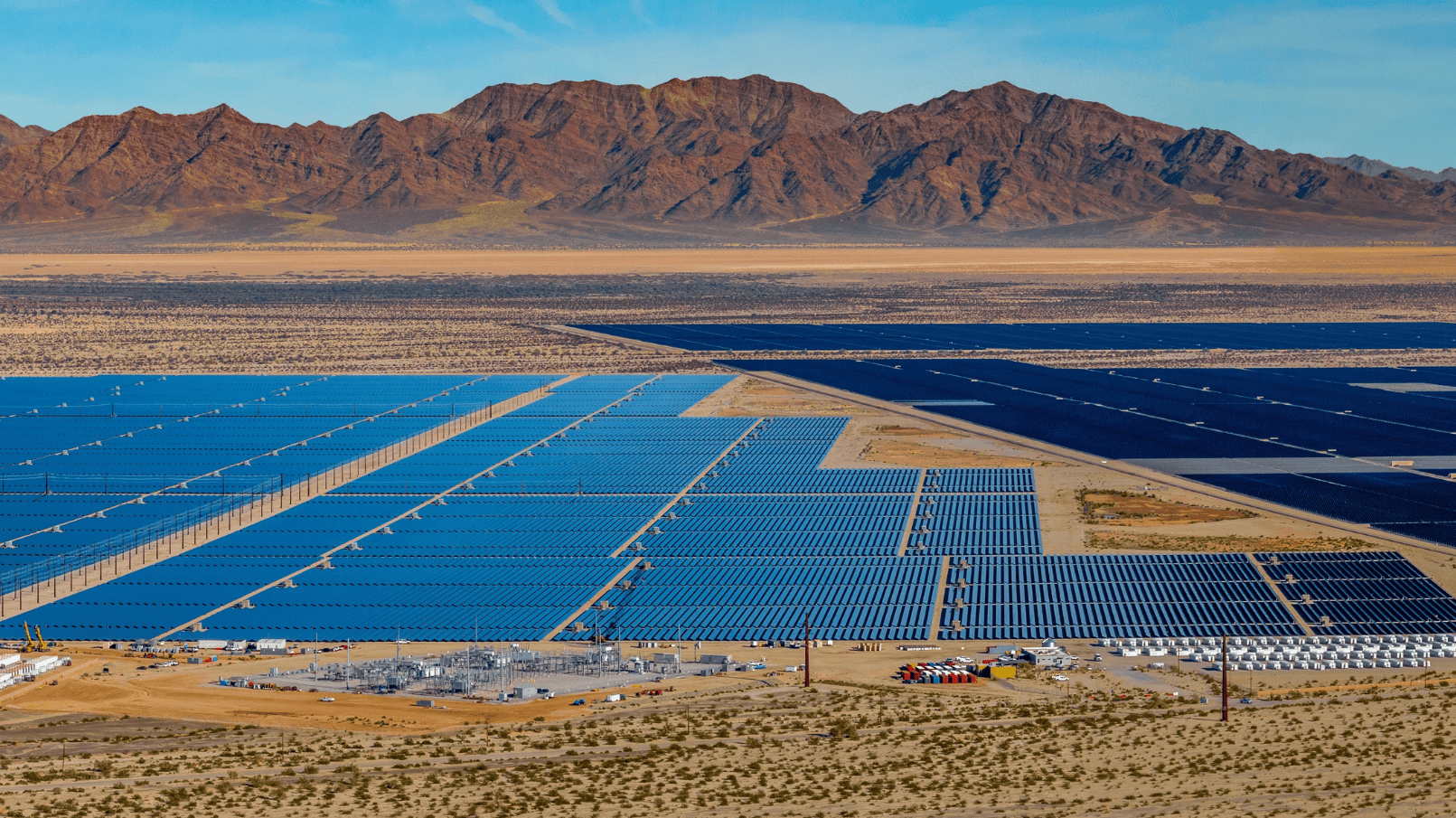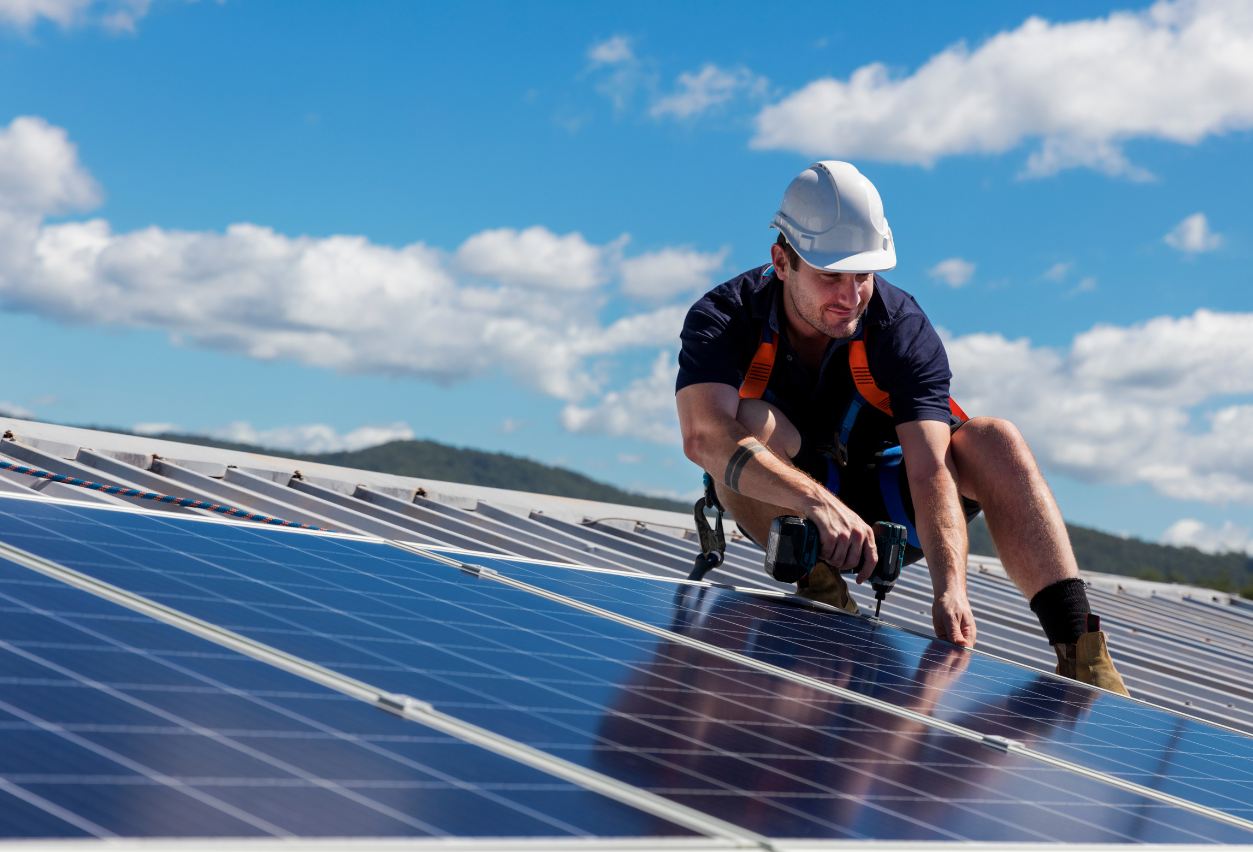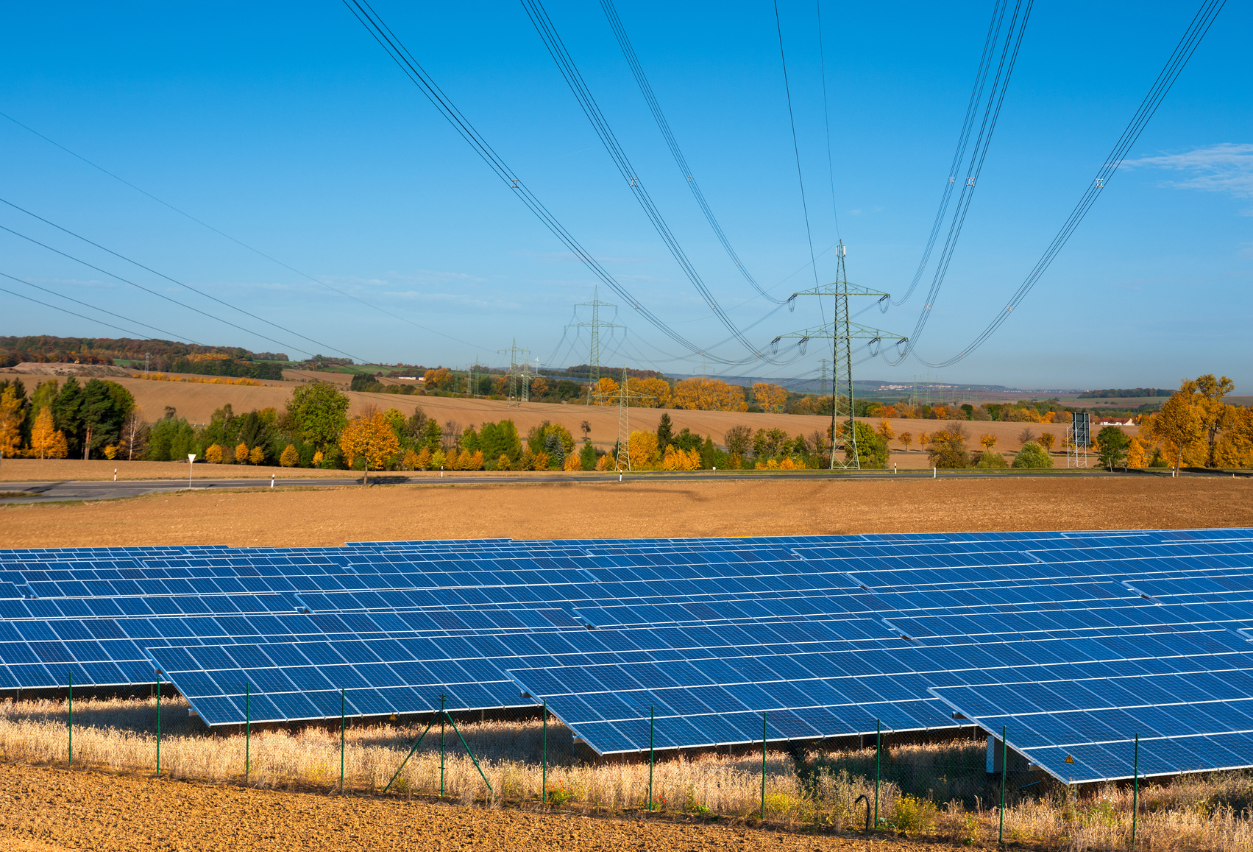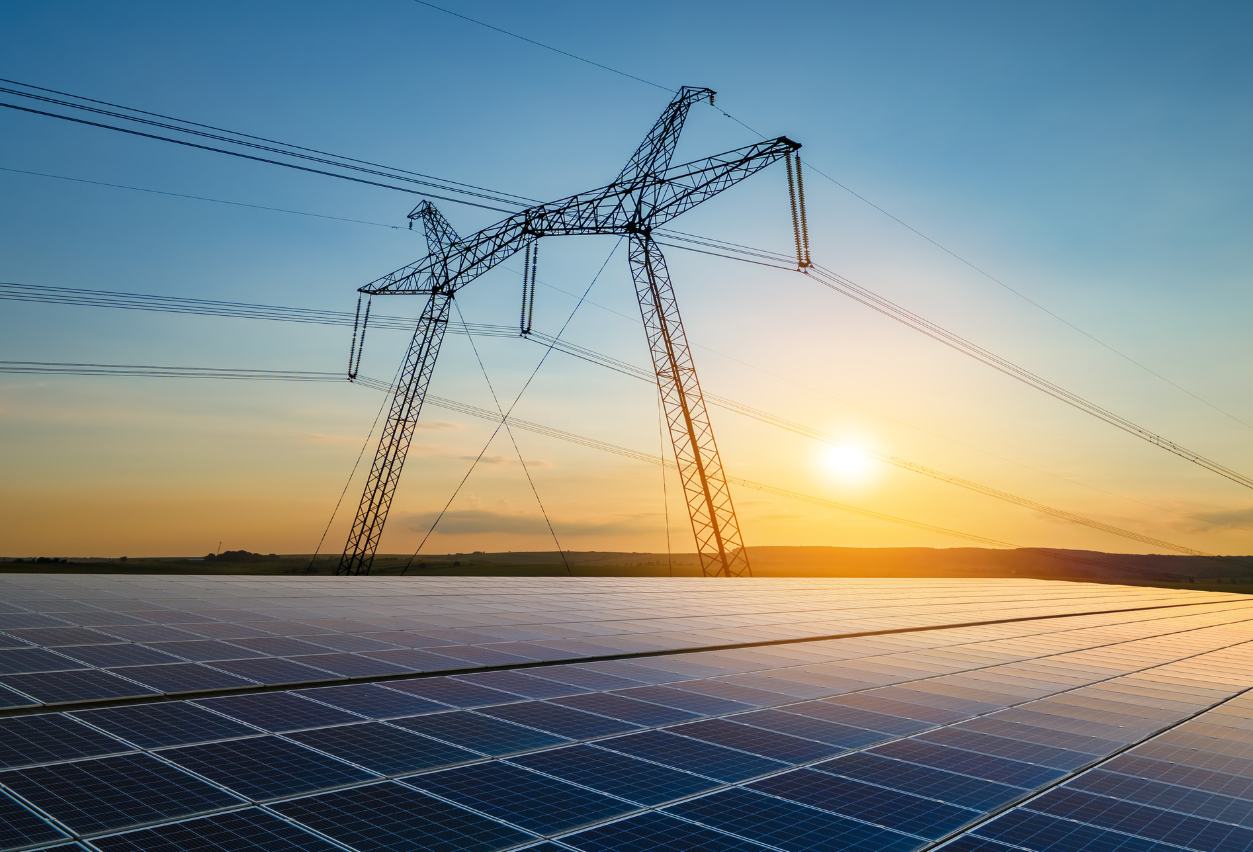Rural Electric Co-ops need to rethink their energy strategy if they want to reduce costs for their members
It’s no secret that energy costs are on the rise, and rural electric co-ops are feeling the pinch. That’s why now is the perfect time for rural electric co-ops to rethink their energy strategies and look for innovative solutions. Fortunately, there are exciting new incentives in place that many co-ops can take advantage of and begin taking control of their energy costs and generation. It’s time for co-ops to take charge of their energy strategy – because it won’t get any better without action.
What are Rural Electric Co-ops?
Electric cooperatives were started in the 1930s to bring electricity to rural parts of America. Today, they provide power to 12 percent of Americans and own 42 percent of the country’s electric distribution lines. Electric co-ops are nonprofits and, unlike most larger utility providers, are owned by member-owners, their customers.
Electric cooperatives have a long history of providing rural Americans with much-needed electricity, ensuring that even those in the most rural towns can access this essential resource, but with rising energy costs, their mission has become more expensive and challenging than ever.
How are rising energy costs impacting rural electric co-ops?
Rising energy costs are causing a ripple effect that reaches far and wide, especially in rural areas of the United States. Rural electric co-ops have been hit particularly hard. With the increased costs of power across the US, rural co-ops are forced to increase their own costs, and even the slightest increase can have a huge impact on these smaller rural communities.
The rising cost of a basic need such as electricity can put immense pressure on individuals and their businesses, stifling economic activity and prosperity even further. On top of this burden, many of these co-ops have also had to face large capacity constraints leading to unreliable power supply. To combat this ongoing issue, rural electric co-ops are making strides toward sustainability through more efficient energy management practices to keep prices down while still being able to adequately meet increasing demand.
What can be done to mitigate the impact of rising costs?
When it comes to saving money and energy in our homes and businesses, the answer is to invest in renewable energy sources, especially solar. With the increased availability and advancements of solar energy technology, it’s becoming easier for all communities to step away from traditional energy sources that cause pollution and a negative impact on the environment. Solar energy is by far the most cost-effective option for communities; not only does it save you money on your bills but can also be easily integrated into an existing grid with relatively few changes.
Going solar is one of the best, cost and energy saving solutions for rural electric cooperatives. Not only does solar offer these co-ops a reliable and sustainable energy source, but it will also help mitigate rising energy costs. In addition to Solar’s excellent return on investment, its usage allows co-op members to benefit from renewable sources of energy in the long run. It’s little wonder that more and more rural co-ops across the country have been turning to solar power in recent years – it’s an efficient and effective way to ensure their customers are taken care of while delivering them a viable solution they can count on.
Why is now the best time for rural co-ops to adopt solar?
The recent introduction of the IRA bill is offering a golden opportunity for rural electric coops to make the leap to solar energy. Thanks to $10 billion in funding for rural energy projects, up to 80% of the cost of materials and installation can be covered by grants, credits, forgivable loans and more.
Small solar projects within communities stand to gain even more than the usual benefits thanks to the Investment Tax Credit (ITC) of up to 30% that will be available in 2023. This tax credit is expected to stay at this level until 2033 making it a great incentive for those who want to invest in community solar projects. On top of that, these projects can also build on their savings with additional credits up to 10% for meeting domestic content specifications, and if located on sites previously used for fossil fuels, brownfield sites, or low-income communities. And if the project is part of a Low-Income Residential Building Project or Qualified Low-Income Economic Benefit Project, co-ops may qualify for the REAP Grant and further credits may reach values up to 20%, however these credits require an application process.
This wide range of incentives presents an exciting chance for rural coops to seize the moment and take advantage of this timely investment into clean energy initiatives. If electric coops choose to act now while access to these funds are readily available, they will reap many benefits from solar energy down the road.
How Should a Rural Co-op Get Started?
As energy costs continue to go up, now is the time for cooperative businesses to start evaluating their strategies around energy consumption. Ignoring these issues and leaving current strategies in place is not an option anymore; proactive action must be taken to make a change. The first step to making this change is finding a partner like Genie Solar Energy that can consider the current situation and come up with an energy strategy tailored specifically for the co-op’s needs.
Take action today. Reach out to Genie Solar Energy.

